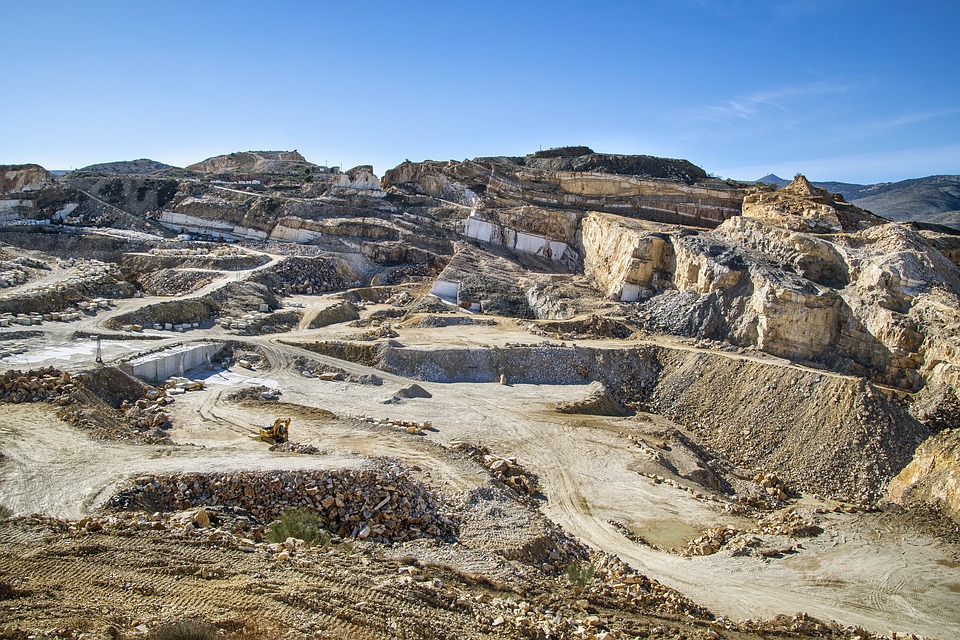Introduction
Located on the southern coast of Spain, Castell de Ferro is a hidden gem waiting to be discovered. This picturesque village is tucked away between the Sierra de la Contraviesa mountain range and the Mediterranean Sea, offering breathtaking views and a peaceful atmosphere. With its rich history, beautiful beaches, and vibrant culture, Castell de Ferro is a must-visit destination for travelers looking for an authentic Spanish experience.
1. History and Heritage
Castell de Ferro boasts a fascinating history that dates back to the Roman era. The village was once a strategic coastal fortress, protecting the region from invasions. Over the centuries, it has witnessed the rise and fall of various civilizations, leaving behind a remarkable architectural heritage. Explore the ancient castle ruins, visit the 16th-century Church of Nuestra Señora del Rosario, and wander through the narrow streets filled with charming white-washed houses. The village is a living museum waiting to be explored.
2. Spectacular Beaches
One of the main attractions of Castell de Ferro is its stunning coastline. The village is known for its pristine beaches, where sun-seekers can relax and enjoy the crystal-clear waters of the Mediterranean Sea. Playa de la Rijana, located just a short distance from the village, is a secluded paradise surrounded by cliffs overlooking the sea. With its unspoiled beauty and golden sands, this beach is perfect for those looking for tranquility and seclusion.
For those seeking a more lively atmosphere, Playa de Poniente is the place to be. This well-maintained beach offers a wide range of water sports activities, including jet-skiing, paddleboarding, and sailing. After a day of sunbathing and swimming, enjoy a delicious meal at one of the beachfront restaurants serving fresh seafood dishes.
3. Gastronomy
Castell de Ferro is a haven for food lovers. The village is known for its delicious cuisine, influenced by both land and sea. Indulge in the freshest seafood, including grilled sardines, paella, and boquerones (anchovies). The local olive oil, almonds, and tropical fruits from the nearby orchards also add a unique flavor to the traditional dishes. Don’t forget to pair your meal with a glass of locally produced wine to complete your gastronomic experience.
4. Festivals and Traditions
Throughout the year, Castell de Ferro comes alive with vibrant festivals and traditions. One of the most famous celebrations is the Virgen del Carmen festival, held in July, which pays homage to the patron saint of fishermen. The village transforms into a colorful spectacle with decorated boats, processions, music, and fireworks. The Semana Santa (Holy Week) is another important event, showcasing religious processions and elaborate street decorations. Immerse yourself in the local traditions and experience the warmth and hospitality of the people of Castell de Ferro.
FAQs Section
1. When is the best time to visit Castell de Ferro?
The best time to visit Castell de Ferro is during the spring and early summer months, from April to June. The weather is mild, and the beaches are less crowded, allowing for a more relaxed experience. Alternatively, September and October are also great months to visit, as the temperatures are still warm, and the sea is inviting.
2. How do I get to Castell de Ferro?
Castell de Ferro can be easily reached by both air and land. The nearest airport is Federico Garcia Lorca Granada-Jaen Airport, located about an hour’s drive away. From there, you can rent a car or take a taxi to the village. If you prefer public transportation, regular buses connect Castell de Ferro with nearby cities such as Granada and Almeria.
3. Are there accommodation options in Castell de Ferro?
Yes, Castell de Ferro offers a range of accommodation options to suit different preferences and budgets. From boutique hotels overlooking the sea to cozy guesthouses nestled in the village’s historic center, there is something for everyone. It is advisable to book in advance, especially during the peak tourist season, to secure your preferred choice of accommodation.
4. Can I explore the surrounding areas from Castell de Ferro?
Absolutely! Castell de Ferro is an excellent base for exploring the surrounding areas. Rent a car and venture into the nearby Alpujarras region, known for its stunning mountain landscapes and charming white villages. Take a day trip to the historic city of Granada, home to the majestic Alhambra palace and gardens. Or explore the Almeria province, with its unique desert-like landscapes and the UNESCO-listed Cabo de Gata-Nijar Natural Park.
5. Is English widely spoken in Castell de Ferro?
While Spanish is the main language spoken in Castell de Ferro and throughout Spain, you will find that many locals have a basic knowledge of English, especially in tourist areas. However, it is always helpful to learn a few basic Spanish phrases to enhance your overall experience and communicate with the locals.
